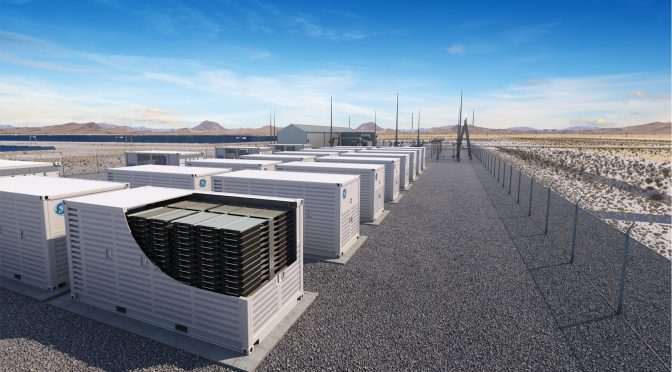The Energy Storage Association (ESA) will merge into ACP on January 1, 2022.
This year has been a wakeup call that climate change will harm many of us alive today, not just future generations. Communities across the country experienced unprecedented extreme weather events – from record-breaking heat waves and wildfires in the West, to a history-making freeze in the South, and unprecedented deluges of rain and flooding in the East and South. Worryingly, extreme weather will continue to intensify over the coming years.
It is clear now more than ever that extreme weather threatens our nation’s infrastructure, including the electric grid. Not only do we need to eliminate carbon-emitting power sources to blunt the long-term climate drivers of extreme weather, but we must also ensure our homes, businesses, and electric grids are more resilient to those extremes.
Accelerated energy storage deployments can increase the resilience of our power grid, help alleviate the impacts of extreme weather, provide back-up energy, and diversify the supply mix. For example, had onsite energy storage, solar, and microgrids been installed at critical facilities in southern Louisiana, community members would have had access to key services both during and after Hurricane Ida, unconstrained by fuel shortages for generators.
Energy storage technologies are a critical solution for both climate mitigation and adaptation–continuing power delivery during extreme weather events and enabling a low-carbon power system with much higher wind, solar, and hydropower deployment. While American companies have led the world with over 3 GW of battery installations to date, we still have a long way to go to meet the 100 GW needed by 2030 to support America’s decarbonization and resilience goals. And other storage technologies, like thermal storage in buildings, flow batteries in substations, liquid air storage paired with generators, and renewable power-to-gas hydrogen, offer opportunities for energy storage of multiple days’ or weeks’ durations, diversifying our sources of power system reliability without increasing carbon emissions.
Congress has an immediate opportunity to accelerate storage installations through the Investment Tax Credit (ITC) for standalone storage that’s currently included in budget reconciliation legislation. We need an ITC for storage to quicken deployments required to balance higher shares of renewable power, achieving 80% clean energy by 2030 while also reducing risks of catastrophic power outages. Renewables and energy storage will rise faster together.
As we’ve seen with solar, ITCs have been an effective policy for driving down clean energy technology costs. Storage ITC legislation has long-standing bipartisan support and is a common-sense way to accelerate cost declines in a variety of storage technologies that can bolster energy resilience for the country’s most vulnerable communities. And robust, long-term U.S. demand for energy storage resulting from an ITC will ensure more well-paying jobs in storage are created here in the United States. Congress must act now to ensure the nation’s power infrastructure is capable of meeting our 21st century energy needs, including by making energy storage more accessible for the benefit of all Americans.
I look forward to connecting with clean energy industry leaders in December at #ESACon21 and again at CLEANPOWER 2021 in Salt Lake City to discuss resilience and other key topics in energy storage. We’re starting now with American Clean Power Week: ESA is hosting a webinar on resilience as related to energy storage on October 27. We’ll continue these conversations as the U.S. Energy Storage Association and American Clean Power Association merge in January. This merger allows our organizations to increase the impact of our complementary advocacy work during this critical time to advance the Storage Decade together.
Author:
Jason BurwenInterim CEOEnergy Storage Association


